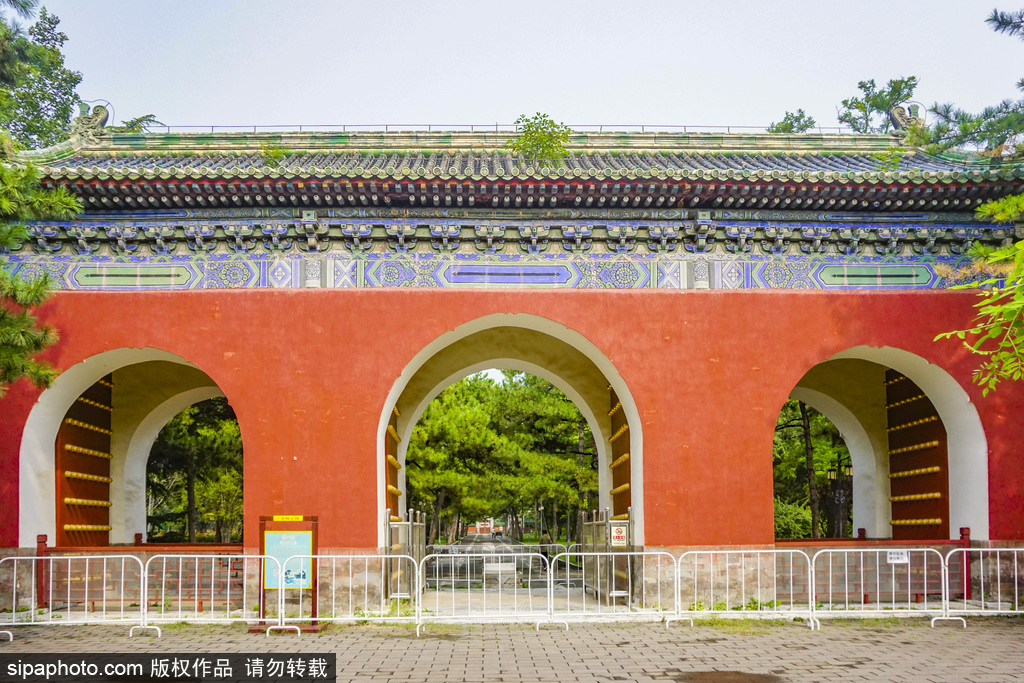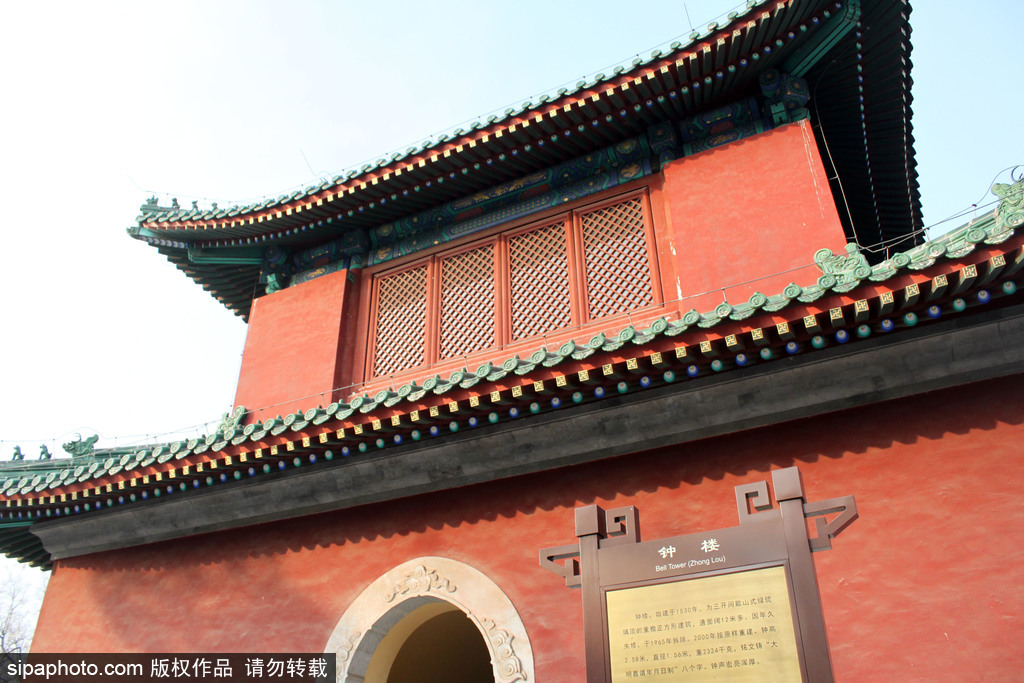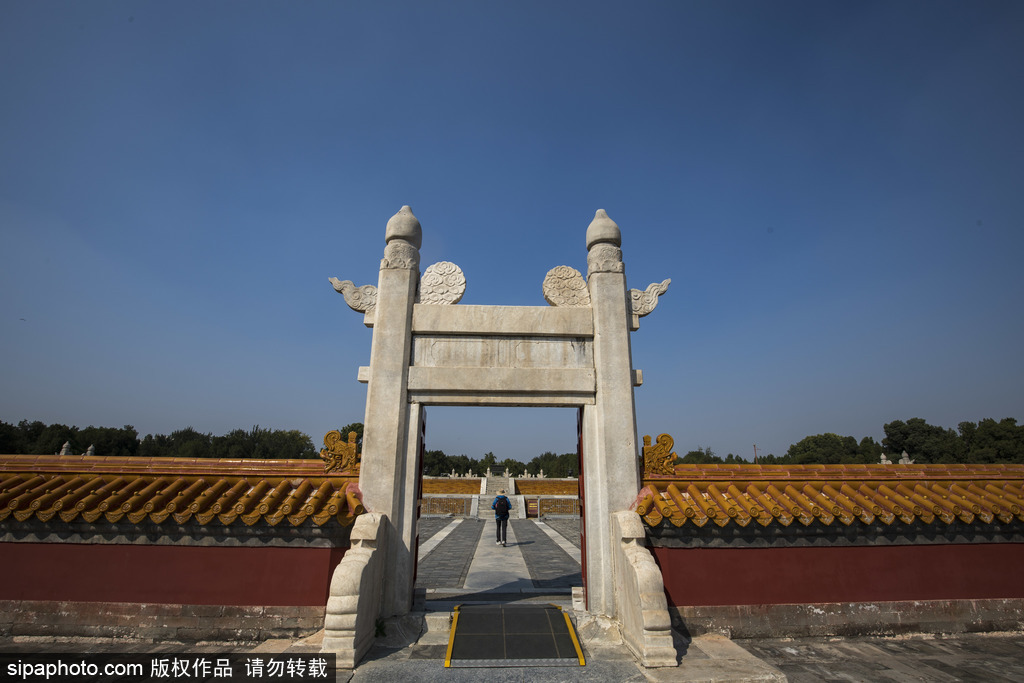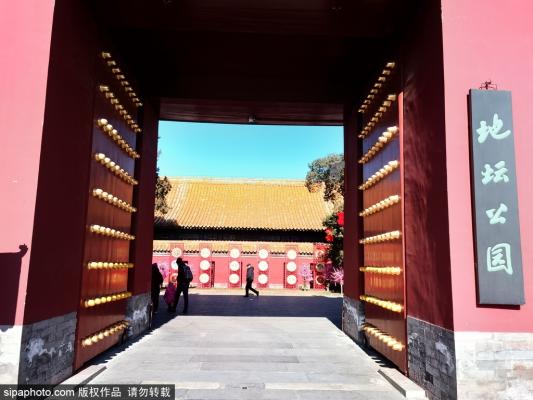Ditan Park (地坛公园)
It is the place where the emperors of the Ming and Qing dynasties worshiped the "imperial earth god" and is the largest surviving altar of the earth in China.

-
Tel:
010-84257506 (8:30-17:00)
010-64214657 (17:00-8:30) -
Best Time to Visit:
Spring, Autumn -
Duration:
2 hours -
Admission:
2 RMB 2 RMB -
Opening Hours:
May 1-October 31 6:00-21:30
November 1-April 30 6:00-20:30
Description
Ditan Park (地坛公园)
The Temple of Earth, also known as the Altar of Fangze, is the second largest of the five altars in the ancient capital of Beijing. It was built in the 9th year of the Jiajing era of the Ming Dynasty (1530 AD), and is located on the east side outside the Andingmen Gate, opposite to the Temple of Heaven, and across the river from the Lama Temple, the Temple of Confucius, and the Imperial College. The Temple of Earth is a solemn, simple and elegant royal altar and temple, which is the place where...
Read MoreDitan Park (地坛公园)
The Temple of Earth, also known as the Altar of Fangze, is the second largest of the five altars in the ancient capital of Beijing. It was built in the 9th year of the Jiajing era of the Ming Dynasty (1530 AD), and is located on the east side outside the Andingmen Gate, opposite to the Temple of Heaven, and across the river from the Lama Temple, the Temple of Confucius, and the Imperial College. The Temple of Earth is a solemn, simple and elegant royal altar and temple, which is the place where the emperors of the Ming and Qing dynasties worshiped the "imperial earth god" and is the largest surviving altar of the earth in China. The altar has a total area of 37.4 hectares and is square-shaped. The whole building is plain and dignified with a unique style. From overall to partial, it is designed in accordance with the ancient traditions and legends of China, such as "Round Heaven and Square Earth", "Heaven and Green Earth", "Blue Heaven and Yellow Earth", "Dragon and Phoenix" and "Heaven and Earth". The Temple of Earth now has ancient buildings such as the Fangze Altar, the Earth God Worship House, the Slaughter Pavilion, the Hall of Abstinence and the Holy Storehouse.
The Temple of Earth was first opened by the deposed Emperor Pu Yi of the Qing Dynasty in August 1923 to raise funds for the relief of the Japanese victims of the great earthquake in Tokyo, Japan. In 1925, the park was opened as "Capital Park". And in 1928 it was renamed as "Civic Park" and then abandoned. In 1957, it was restored as "Ditan Park". Since 1981, the government has invested in the restoration of the ancient buildings of the park. In May 1984, Ditan Park was officially opened with ticket sales and was designated as a cultural relic protection unit in Beijing. On May 25, 2006, it was upgraded to a national cultural relic protection unit.
Gallery
Latest News
Explore

Lama Temple
Located in the northeast corner of Beijing, the Lama Temple was once the Prince Yong's mansion and later became the Lama Temple.
Temple of Confucius and the Imperial College Museum
Temple of Confucius and the Imperial College Museum were built in the Yuan Dynasty, based on the ancient practice of "the left is temple and the right is school". They were built as places for the emperor to worship Confucius and as the highest academic institution of the central government.
Wudaoying Hutong
Wudaoying Hutong was part of Chongjiao District during the Ming Dynasty. It is said that this place was the site of the barracks of the Ming Dynasty, hence the name. In the Qing Dynasty, it belonged to the Bordered Yellow Banner and was called Wudaoying. Both the Ying and Wei are related to the garrison.
Do You Know

Ritan Park
Ritan Park is located in the southeast of Beijing, outside the Chaoyang Gate. It is a national 3A level tourist attraction. It was originally the place where the emperors of Ming and Qing dynasties worshipped the God of Sun.





